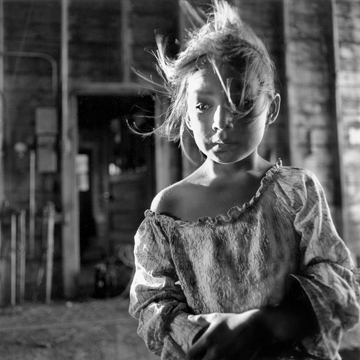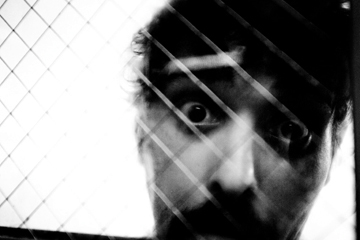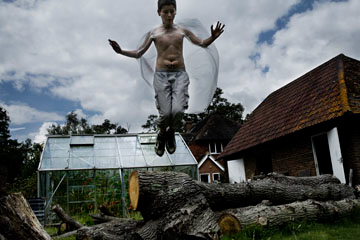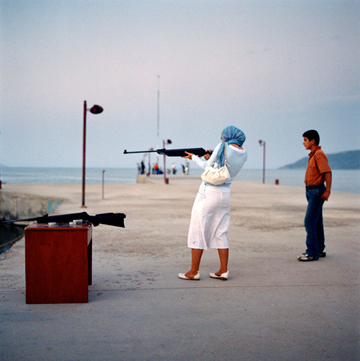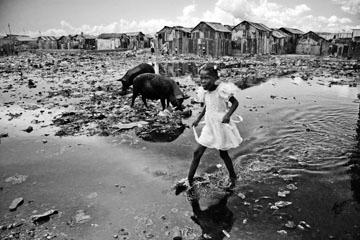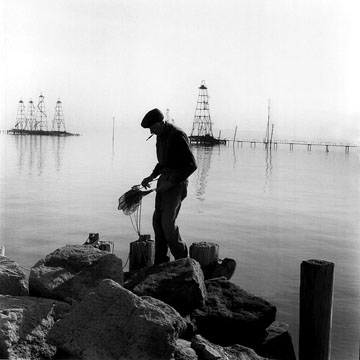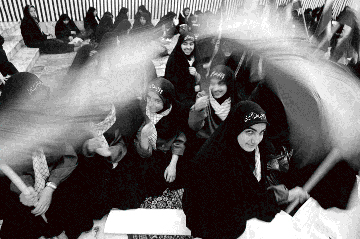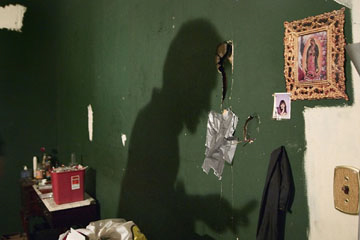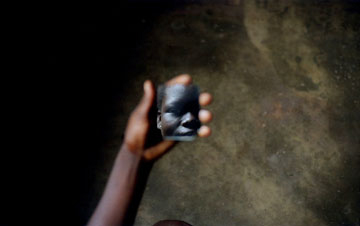Emily Schiffer (USA): Cheyenne River
Inge Morath Award Recipient, 2009
Gallery offline – updating soon
In 2005, I founded a photography program for youths on Cheyenne River Reservation in South Dakota. In this ongoing program, my students and I photograph together, share our images while they’re still in the viewfinder, and operate as both subjects and photographers. Our favorite locations are the fields and abandoned buildings on the fringes of town, forgotten places thick with the past that lend themselves to imaginary games and textured photographs. Amidst the dichotomy of a vast landscape confined by its remoteness, my images seek to explore the unique ability of children to experience love and joy alongside of pain. Over the course of four years, we have documented our relationships with one another and this land. Accordingly, though my images stand on their own, their validity and meaning are tied to the mutual context of their creation. Ultimately these images will be exhibited alongside the children’s work, which present the other parts of the whole. Continue reading Emily Schiffer: Cheyenne River

